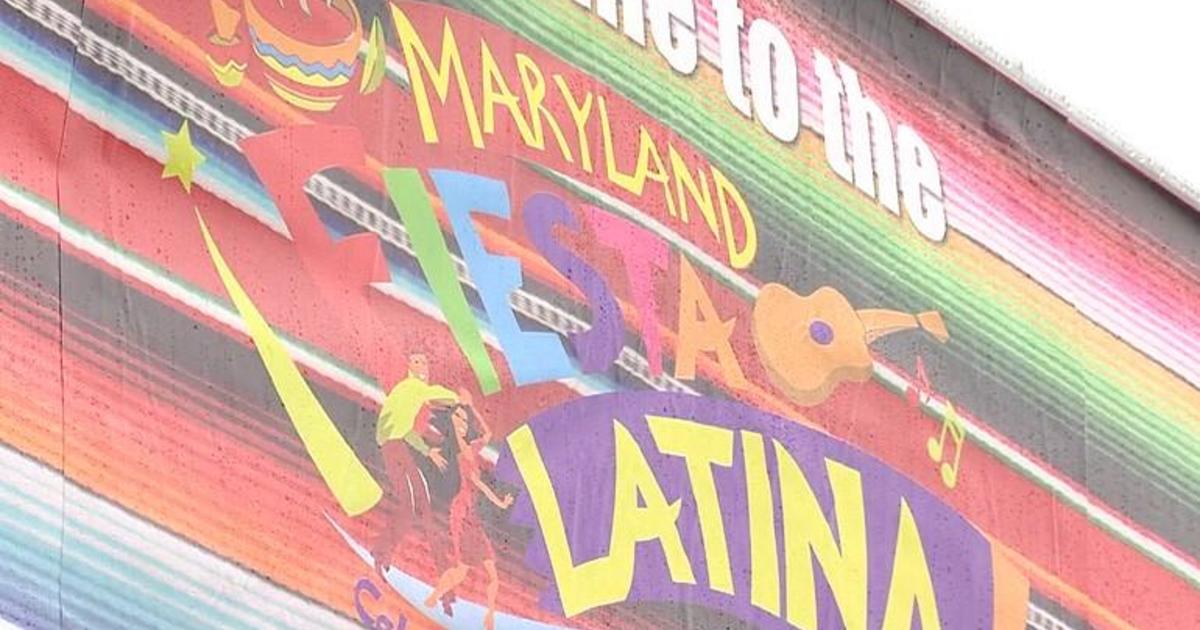Median Income Hit Record High In 2019 Before The Pandemic, Census Says
(CNN) -- Median US household income was $68,700 in 2019, the highest since 1967, the first year records were kept, according to inflation-adjusted data released by the Census Bureau on Tuesday.
That's up 6.8% from the year before, among the biggest jumps on record and statistically tied with the change in 2015 under former President Barack Obama.
The poverty rate fell to 10.5% last year, the lowest since records started in 1959, Census said. That's down about 1.3 percentage points in 2018. Some 34 million people were in poverty, 4.2 million fewer than the year before.
All these gains, however, were upended by the coronavirus pandemic this year, which resulted in the steepest decline in employment on record. While millions of jobs have come back, some 13.6 million Americans remained unemployed in August.
President Donald Trump has repeatedly highlighted the strength of the economy prior to the pandemic and has promised a swift recovery -- even as the upswing has slowed amid new outbreaks around the nation.
The pandemic also affected the Census Bureau's data collection efforts, leading to fewer people responding than in a typical year. Taking this into account, the agency estimates that the poverty rate declined only by 0.9 percentage points and median income rose by 4.1%.
Even with this change, median income would still be the highest ever measured, but the poverty rate would be tied with certain prior years.
The annual increase breaks a slowdown in median income growth in the early years of the Trump administration. The figure remained essentially flat in 2018.
A large increase in the number of people working full-time, year-round -- about 2.2 million -- helped fuel the jump in income. Median earnings of these workers rose 0.8%, which was not particularly strong, according to the Census Bureau.
Large income and poverty gaps by race remain
Median income hit records for non-Hispanic White, Hispanic and Asian Americans. It also tied prior highs for Black Americans.
Still, a chasm remains. The median income for Asian and White Americans was $98,200 and $76,100, respectively. But it was $56,100 and $45,000 for Hispanic and Black Americans, respectively.
The poverty rate was the lowest on record for Black and Hispanic Americans and tied for lowest for White and Asian Americans.
Some 18.8% of Black Americans and 15.7% of Hispanic Americans were in poverty last year, compared to 7.3% of White and Asian Americans.
The gap is even more striking among children.
More than a quarter of Black children and 20.9% of Hispanic children fell below the poverty line in 2019, compared to 8.3% of White children and 7.3% of Asian children.
Black and Hispanic Americans, who were hit harder by the coronavirus outbreak both in terms of health and job loss, will have a more difficult time recovering.
"The impact that we are seeing now from the pandemic and the recession really are a reflection of these kinds of disparities," said Valerie Wilson, director of the left-leaning Economic Policy Institute's Program on Race, Ethnicity and the Economy.
The uninsured rate rises
The share of uninsured Americans rose to 9.2% last year, up from 8.9% in 2018. Some 29.6 million people lacked coverage at the time of the interview, up from 28.6 million the year before.
The drop continues the recent reversal of gains in health insurance coverage. The uninsured rate had initially plummeted after the 2014 launch of the Affordable Care Act exchanges and Medicaid expansion to low-income adults.
But now, consumer advocates argue, the Trump administration's efforts to weaken the landmark health reform law and its crackdown on immigration have eroded those advancements.
The share of non-elderly adult Hispanic Americans lacking coverage rose to 25.9% in 2019, up from 25.1% the year before, more than any other racial or ethnic group. Hispanic American children saw a 1 percentage point increase in their uninsured rate to 9.2%.
This decline in coverage rates means more Americans, particularly Blacks and Hispanics, were even more vulnerable when the pandemic hit this spring. Non-elderly adult Black Americans have the second highest uninsured rate at 14.3%, which remained unchanged from the year before.
The comparable uninsured rate among White Americans increased to 9%, up 0.4%, while it remained essentially the same for Asian Americans at 8.1%.
This data comes from a separate Census Bureau study that was conducted in 2019 and not affected by the pandemic.
Some 19 states saw an increase in their uninsured rates last year. Only Virginia, which expanded Medicaid in 2019, experienced a drop.
There was a small increase in share of people who were covered by job-based coverage and a small decrease in the percent who directly purchase policies, including on the Affordable Care Act exchanges. A greater share were on Medicare, while a smaller percentage were enrolled in Medicaid.
The drop in Medicaid coverage without a corresponding increase in employer coverage shows that low-income people did not shift to work-based policies even as employment increased last year, said Aviva Aron-Dine, vice president for health policy at the left-leaning Center on Budget and Policy Priorities.
This story has been updated with additional background information and context.
The-CNN-Wire
™ & © 2020 Cable News Network, Inc., a WarnerMedia Company. All rights reserved.



